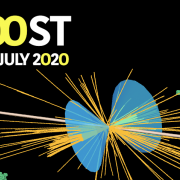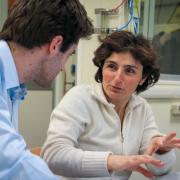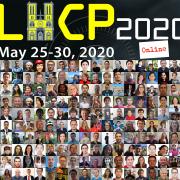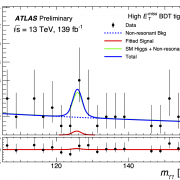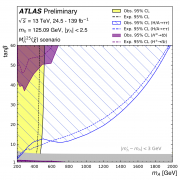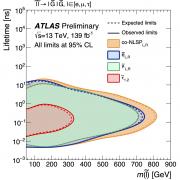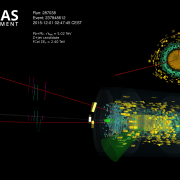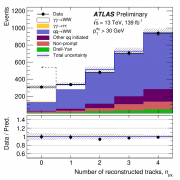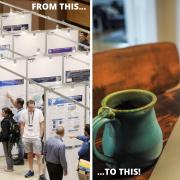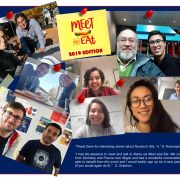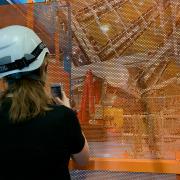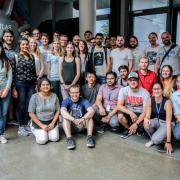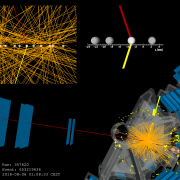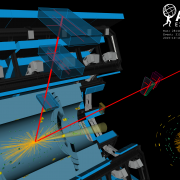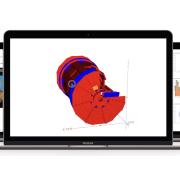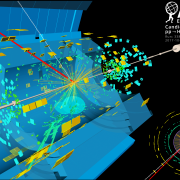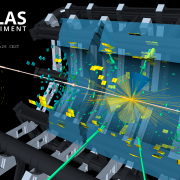Access to Collaboration Site and Physics Results
Updates tagged: “LHC”
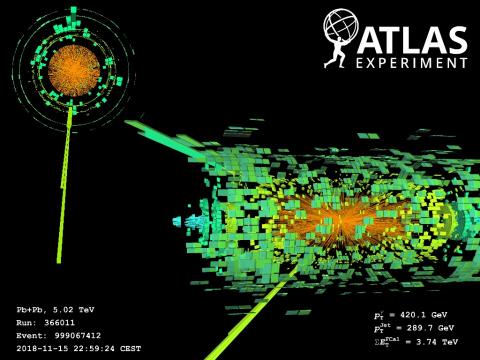
ATLAS completes data-taking for Run 2
Beams in the Large Hadron Collider came to a stop today, closing out four years of record-breaking operation for the ATLAS experiment. Run 2 saw the extraordinary exploration of the high-energy frontier, as the ATLAS experiment brought new understanding of particle physics.
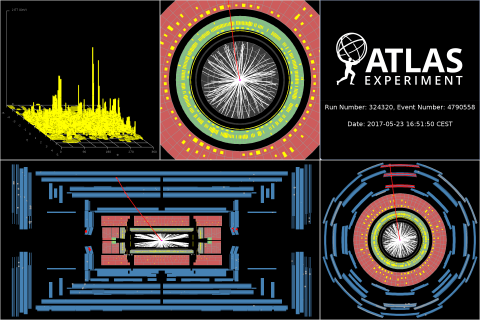
ATLAS kicks off a new year at 13 TeV
Geneva, 23 May 2017. A new season of record-breaking kicked off today, as the ATLAS experiment began recording first data for physics of 2017. This will be the LHC’s third year colliding beams at an energy of 13 tera electron volts (TeV), allowing the ATLAS Experiment to continue to push the limits of physics.
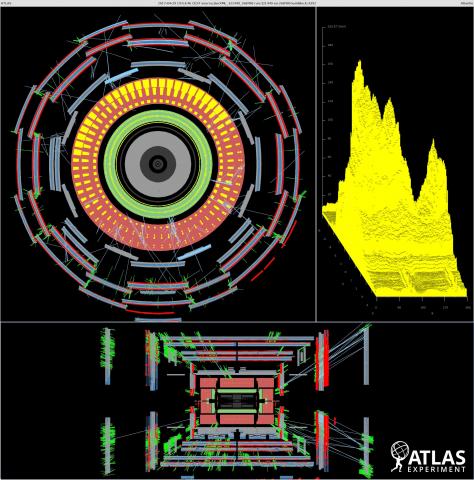
Beams return to the ATLAS Experiment
With the year’s first proton beams now circulating in the Large Hadron Collider, physicists have today recorded “beam splashes” in the ATLAS experiment
.jpg%3Fitok=6Ss7papR)
An insider view of the "marten affair"
Friday morning, 29 April 2016: what was expected to be a productive shift turned out to be very different.
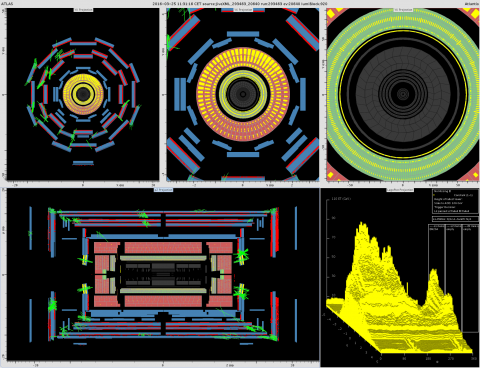
Spring awakening for the ATLAS experiment
This morning the Large Hadron Collider (LHC) circulated the first proton-proton beams of 2016 around its 27 kilometre circumference. The beams were met with great enthusiasm in the ATLAS Control Centre as they passed through the ATLAS experiment.
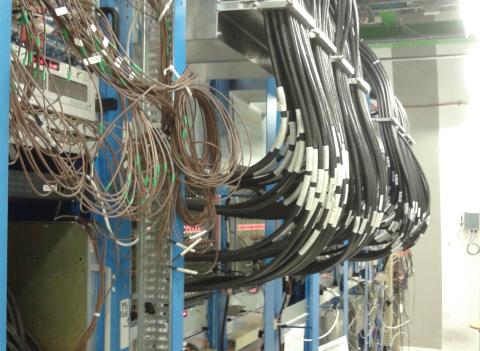
From ATLAS Around the World: Faster and faster!
Faster and Faster! This is how it gets as soon as LS1 ends and the first collisions of LHC Run 2 approaches. As you might have noticed, at particle physics experiments we LOVE acronyms! LS1 stands for the first Long Shutdown of the Large Hadron Collider.
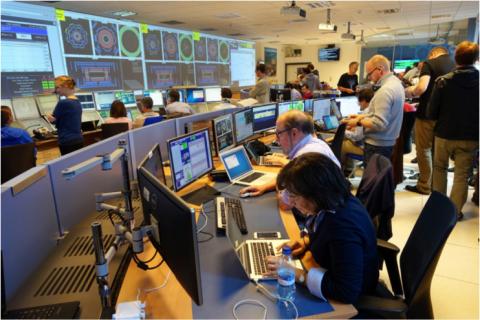
Impressions from the control room
As final preparations were made for the start of the Large Hadron Collider's (LHC) Run 2, the ATLAS Control Room was the centre of activity. Here are images from the three days that were landmark events...
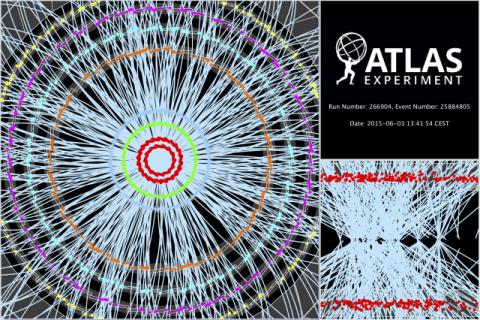
Setting off to new energy horizons
After a shutdown of more than two years, Run 2 of the Large Hadron Collider (LHC) is restarting at a centre-of-mass energy of 13 TeV for proton–proton collisions and increased luminosity. This new phase will allow the LHC experiments to explore nature and probe the physical laws governing it at scales never reached before.
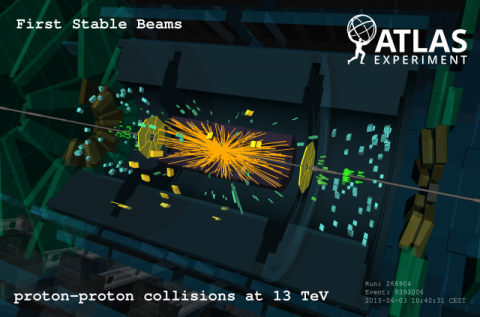
ATLAS begins recording physics data at 13 TeV
Today ATLAS and other particle physics experiments at CERN's Large Hadron Collider (LHC) began recording physics data from 13 TeV proton collisions, which allow for precision studies of the Higgs boson and other Standard Model particles, as well as the search for new particles with higher masses. The new data will bring a deeper understanding of nature.

ATLAS records first test collisions at 13 TeV
On 20 May at around 22:24, ATLAS recorded the first 13 TeV test collisions delivered by the Large Hadron Collider. The proton collisions set a new high energy record, marking the beginning of ATLAS' journey into unexplored physics frontiers as we prepare for production data-taking, scheduled to start in early June.




